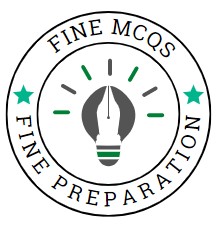31. Who was the first to determine that the day on Mars was, like ours, roughly twenty-four hours long?
(a) Isaac Newton
(b) Copernicus
(c) Giordano Bruno
(d) Christiaan Huygens
32. The comet, named after Edmund Halley reappears after a time interval of every
(a) 36 years
(b) 76 years
(c) 116 years
(d) 156 years
33. A Comet–.
(a) Has a tail always pointing away from the sun
(b) Has a tail always pointing towards the sun
(c) Has a tail, sometimes pointing towards the sun and sometimes away from it
(d) Has no tail at all
34. How many days does the moon take to return to the same position among the constellations?
(a) 28 days
(b) 29 days
(c) 26 days
(d) None of the above
35. The light coming from stars gives the idea of their:
(a) Size
(b) Rotation
(c) Direction
(d) Temperature
36. Super Nova is:
(a) An asteroid
(b) A black hole
(c) A comet
(d) A dying star
37. Triton is a satellite of–.
(a) Jupiter
(b) Pluto
(c) Uranus
(d) Neptune
38. Which is the brightest planet in the Solar System?
(a) Jupiter
(b) Mercury
(c) Uranus
(d) Venus
39. The scientists have found some proofs of the presence of life on which of the following planets?
(a) Jupiter
(b) Venus
(c) Mars
(d) Mercury
40. The temperature at the surface of the sun and its centre is respectively, about–
(a) 6000 K and 20 million K
(b) 7000 K and 10 million K
(c) 8000 K and 16 million K
(d) 9000 K and 14 million K

